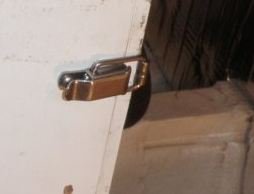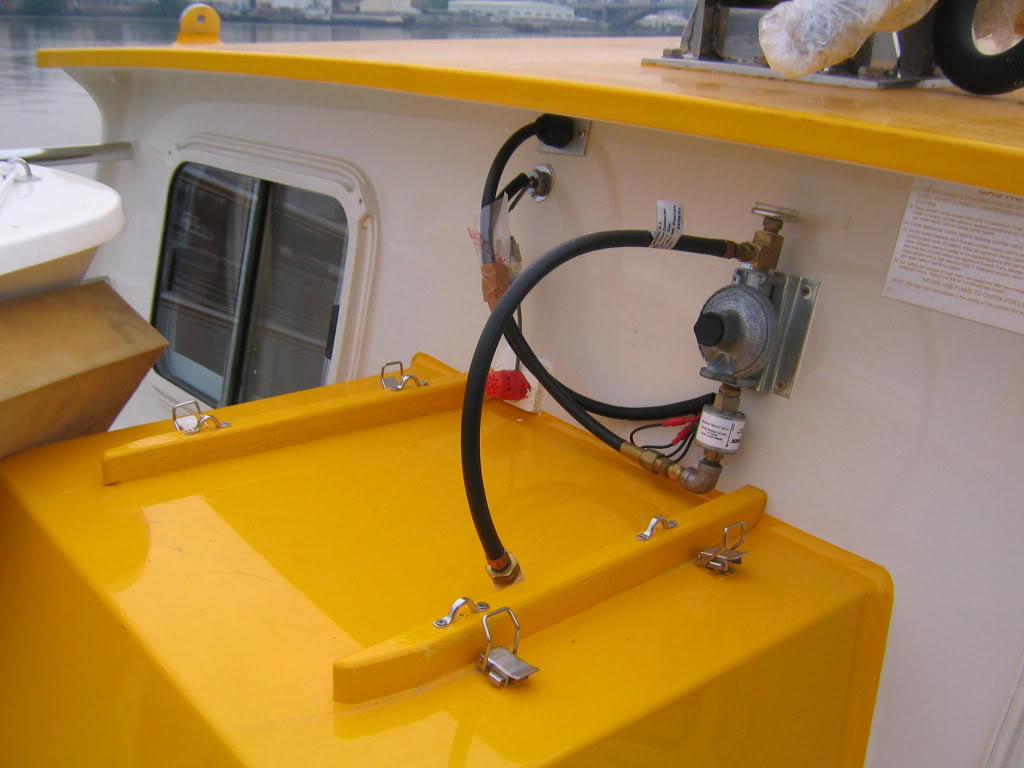nwboater
Senior Member
In the next couple of weeks I will be installing a small DC generator (Ample Power) in my engine room. I know it will be noisy, even turning 1800 rpms, so I'm thinking about ideas for a sound enclosure. Anyone have experience making / using a lead-lined blanket to enclose the genie? It's small -- 30" x 16" x 16".
-- Edited by nwboater on Thursday 16th of February 2012 08:49:45 PM
-- Edited by nwboater on Thursday 16th of February 2012 08:50:41 PM
-- Edited by nwboater on Thursday 16th of February 2012 08:49:45 PM
-- Edited by nwboater on Thursday 16th of February 2012 08:50:41 PM


